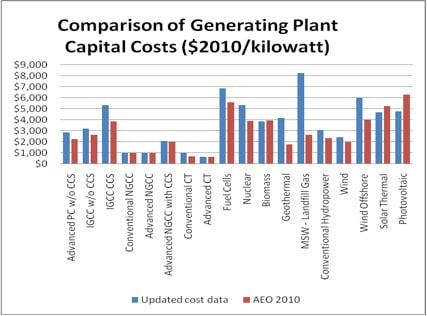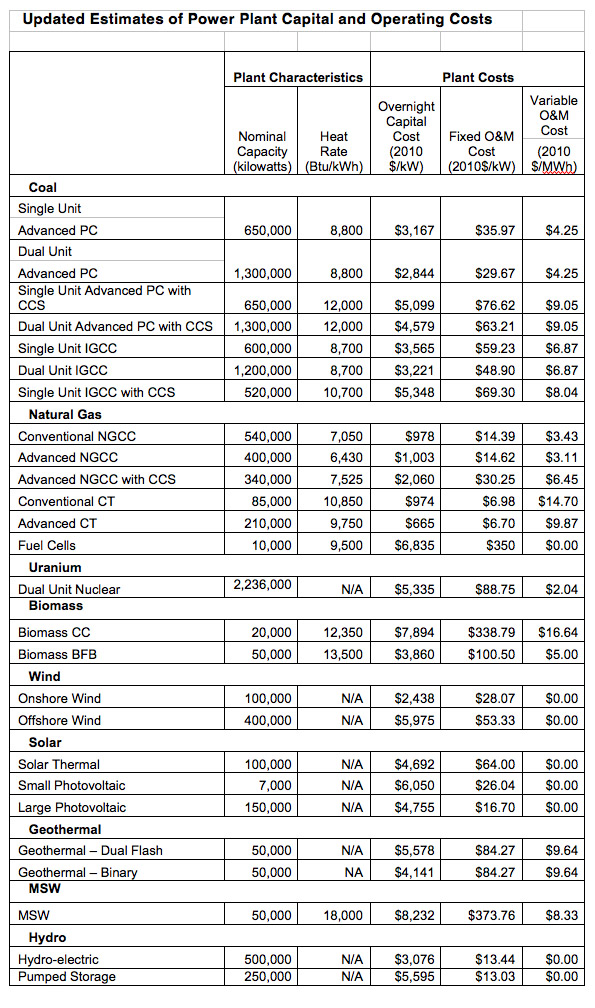Why You Can't Miss ONE: LIGHT OF A NATION?
In a battle between two proven finishers in ONE Middleweight World Champion Vitaly Bigdash and Aung La N Sang at ONE: LIGHT OF A NATION this Friday, who will walk away with the belt?
One championship live stream! Jun 30,2107 (Fri - 22:00 YG)
Aung La N Sang Vs Vitaly Bigdash
A hero returns home on 30 June, as ONE Championship once again ignites the Thuwunna Indoor Stadium with explosive martial arts action at ONE: LIGHT OF A NATION!
In the main event of this thrilling blockbuster, reigning ONE Middleweight World Champion Vitaly Bigdash will defend his title against a familiar foe in Myanmar’s very own “Burmese Python” Aung La N Sang. The two elite athletes first met in January, with Bigdash prevailing after five rounds of non-stop action via unanimous decision. Will Aung La N Sang avenge that loss, capture the prestigious belt, and put an end to Bigdash’s undefeated record in front of his hometown crowd?
Myanmar’s finest Lethwei warriors will also be showcasing their skills alongside the biggest international martial arts stars in Asia today, so get your tickets now, and experience Asia’s grandest Fight Night for yourself to find out!
./...........................................................................................................................
One FC, Vitaly Bigdash vs Aung La Nsang | Highlight 30 June 2017
Live Stream.....
Aung La N Sang Is Determined To Improve Professional Sports In Myanmar
The Friday, Aung La N Sang will return to Yangon’s Thuwunna Indoor Stadium in Myanmar to challenge Vitaly Bigdash for the ONE Middleweight World Championship. The highly-anticipated rematch takes place in the main event of ONE: LIGHT OF A NATION.
This will be the fifth time the “Burmese Python” goes home to the country known as the “Golden Land” since leaving 14 years ago to pursue a collegiate education in America, and begin his martial arts career along the way.
Besides inspiring the nation with his conduct and achievements, the Myanmar national hero also wants to help the country’s athletes become better. Over the years he spent overseas, he accumulated a wealth of knowledge in coaching methods and techniques, and he has made it a personal mission to share that expertise.

It all started when the “Burmese Python” attended the Yangon International School, where he scored excellent grades, made plenty of friends, and participated on a slew of the school’s sports teams.
However, whenever they went overseas to compete against other international schools, they would often lose.
“When we played soccer, when we played volleyball, and when we played basketball, we would lose. We would lose in most sports, and that kind of made me mad. It was just sad,” he recollects.
“I guess the coaching was not that good. We did not know anything about strength or conditioning. There is a big level of difference (when it comes to coaching) in Myanmar versus elsewhere, and hopefully, in my lifetime, I can close that gap.”

Aung La N Sang was determined to educate himself in an effort to rectify that one day. He secured a place in Andrews University in 2003, an American university in Berrien Springs, Michigan.
He created a new life for himself in the United States, earned a Bachelor’s degree in Agriculture Science, and became an international martial arts superstar. Now, he is using his superstardom to improve sports for his countrymen.
“Athletics was not really promoted or taught well, and it just makes me mad,” he begins. “I cannot change that, but fighting in martial arts now, I train with some of the best in the world. So the past I cannot change, but the future I can change, and I can inspire.”
Aung La N Sang now regularly disperses fitness and training knowledge, which he has picked up in his 12-year combat sports career, to Myanmar’s athletes and budding martial artists. This includes ONE athlete and World Lethwei Championship star Phoe Thaw, whom Aung La N Sang has spent a lot of time helping in recent years.
Despite the recent headway he has made, Aung La N Sang knows he is still at the beginning of this endeavour. Real change takes time, and it is a massive effort he is willing to undertake. Before he can do that, however, he needs to focus on the task at hand.
If the “Burmese Python” can capture the ONE Middleweight World Championship on 30 June, the hero’s ability to inspire will only strengthen, and that is when he’d be able to really make a difference in his beloved home nation.
TV: Check local listings for global broadcast | PPV: Official livestream at oneppv.com | Tickets: bit.ly/onenation17
Why Vitaly Bigdash VS Aung La N Sang II Could Be Fight Of The Year
ONE Championship lead commentator and Fox Sports presenter, Steve Dawson, foresees a thrilling main event in Yangon at ONE: LIGHT OF A NATION.
ONE Championship returns to Myanmar on Friday, 30 June, with a rematch that will surely get the Myanmar fans erupting, but also entice fight fans around the world.
Hometown hero Aung La N Sang (19-10, 1 NC) comes home once more in a much-deserved rematch for the ONE Middleweight World Championship, held by unbeaten Russian Vitaly Bigdash (9-0).

The two fought out the full five rounds this past January in Jakarta at ONE: QUEST FOR POWER. But the key with them doing it all over again is that the Myanmar native accepted the contest on desperately short notice, coming to the event’s rescue with just days to spare after the initial challenger, Marcin Prachnio, withdrew due to injury.
That the 32-year-old Aung La N Sang went the full 25 minutes with the all-action champion was impressive enough, but to have done so without a full camp speaks volumes of his remarkable, natural endurance and ability.
This Friday, in front of an always-wild crowd in Yangon, the ethnic Kachin gets a far more legitimate chance to show that he can bring Myanmar to the summit of Asian martial arts, and catapult himself to the upper echelon of belt holders in the ONE Championship stable.
Their first 25 minutes sets us up perfectly for part two. Bigdash, as expected, was just a little bit better in almost every category the first time. This underscores the notion that with the preparation Aung La N Sang lacked in that encounter, they could be almost inseparable should the judges be called upon again.
Bigdash is tremendously big-hearted, but also – from the perspective of fans baying for excitement – joyously vulnerable. He took thrilling shots from Igor Svirid in his championship-winning contest in 2015, dropping to the canvas – as all mortals surely would – but he bounced back with mythical fortitude to provide the Fight of the Year, and perhaps any year in ONE Championship history.
With the powerful and super-strong Aung La N Sang as fit as he can be, a similar contest can’t be too far-fetched.
It’s not only a fitter and stronger “Burmese Python” that we can expect to make a difference. The Myanmar crowd are exceptionally loud, and although they’ve rocked the Thuwunna National Indoor Stadium for their hero before, the noise and passion are likely to be at peak levels with a title on the line.
Myanmar has a rich history in combat sport, but it’s heavily focused on Lethwei, so true mixed martial artists, though developing rapidly, are at something of a premium. Aung La N Sang certainly is a true mixed martial artist and among the best in the world, so the local fans know that he’s their best chance of a big celebratory party come 30 June.
Of his 19 wins, 18 have come inside the distance (11 submissions, seven by KO/TKO) and that effectiveness will be far more obvious in Yangon than it was in Indonesia. Aung La N Sang is the only man to go the distance with Bigdash, and he has every right to expect more this time around.
We know that the Myanmar hero has the durability and submission defence to resist Bigdash for five rounds, even when not at his fittest. So, I don’t expect Bigdash to stop Aung La N Sang this time, either. I do expect, however, the “Burmese Python” to hit harder and provide more extreme torque when looking to stop the fight within the five rounds.
I also expect Bigdash to be in better shape than he was for their first fight. The champion, although fighting fit, had been inactive for 15 months prior to their Jakarta clash, and this time he should be sharper.
This one will be a sure candidate for Fight of the Year. I suspect the winner will come out of this with a razor-thin margin of victory, possibly via split decision, with the edge going to Bigdash.
Steve Dawson is ONE Championship’s lead commentator, a Fox Sports presenter and an author of sporting biographies. He can be found on Twitter & Instagram as @Gulasahi and on Facebook as Steve Dawson.
TV: Check local listings for global broadcast | PPV: Official livestream at oneppv.com | Tickets: bit.ly/onenation17
ONE Championship Quest for Power HIGHLIGHTS ~ Jan 14, 2017




















